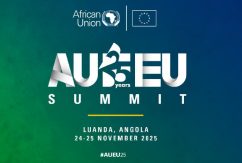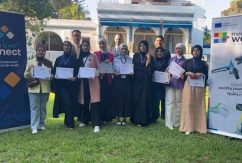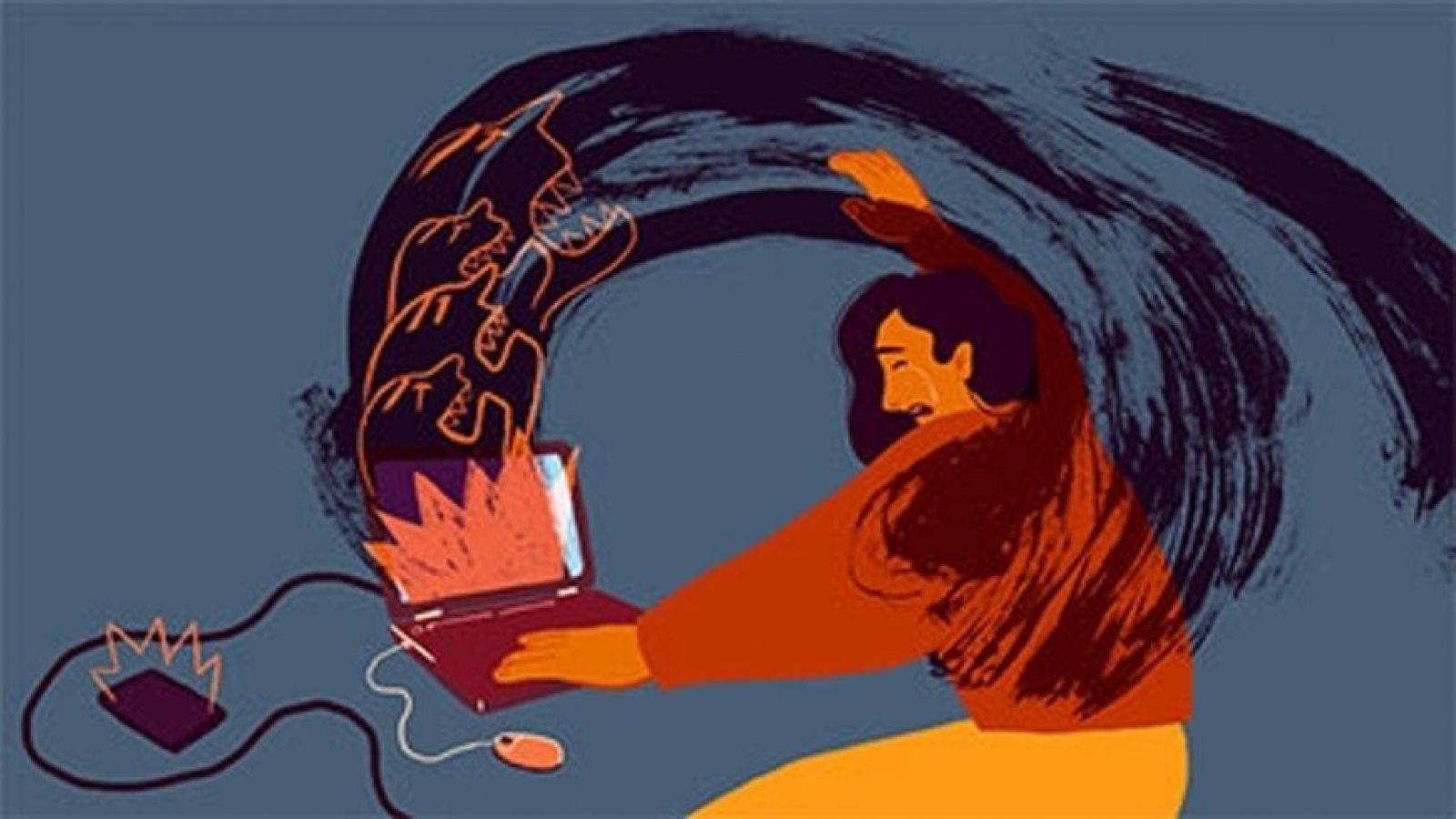Online violence: screens of shame
“Cyberviolence against women is an increasing problem in Europe. It can take many forms, including (sexual) harassment, revenge porn and threats of rape, sexual assault or murder. Perpetrators can be partners or ex-partners, colleagues, schoolmates or, as is often the case, anonymous individuals. Some women are particularly exposed, such as women’s rights defenders, journalists, bloggers, video gamers, public figures and politicians. Cyberviolence affects women disproportionately not only causing them psychological harm and suffering but also deterring them from digital participation in political, social and cultural life” Dunja Mijatović, Council of Europe Commissioner for Human Rights.
In the era of almighty and ever-present social media, cyber violence is emerging as one worrying phenomenon. Hiding behind screens, many have taken to their keyboards, using online platforms to insult, mock and intimidate others. According to the EU funded EuroMed Rights study, ‘Spaces of Violence and Resistance: Women’s Rights in the Online World’, women are often the target of such violence, especially in the Southern Neighbourhood countries. The study highlights key negative trends, comparing them across countries and focusing on Algeria, Egypt, Jordan, Lebanon, Morocco, Palestine*, Syria, Tunisia and Turkey. We have taken a close look at the situation with Ms Lucille Griffon, programme officer – Women’s Rights and Gender Justice, EuroMed Rights.
How to define online violence?
Lucille Griffon: In a report on online violence, the former UN Special Rapporteur on violence against women and its consequences, Dubravka Šimonović, defines online VAW as: “any act of gender-based violence against women that is committed, assisted or aggravated in part or fully by the use of ICT, such as mobile phones and smartphones, the Internet, social media platforms or email, against a woman because she is a woman, or affects women disproportionately”. Concretely, forms of cyberviolence include violations of privacy, such as sharing, manipulating data or images, including intimate ones, stalking, doxing, but also cyber harassment, including smear campaigns, cyberbullying, and online sexual harassment. Other forms include cybercrime, such as illegal access, data or system interference, and threats of physical violence. It is important to note that cyberviolence is not a “new form” of violence per se – the tools used can differ from “offline” violence. Still, violence enacted online does not occur in a vacuum. Rather, it replicates, facilitates, and worsens existing discriminations, inequalities, and forms of violence offline. This includes sexism, but also racism and other power structures. Consequently, online gender-based violence should be understood as part of a continuum of offline and online violence.
Is online violence prevalent in the Southern Neighborhood region?
L.G: Cyberviolence coexists with another phenomenon in the Southern Neighbourhood: the digital gap. For reference, according to the ILO, internet user penetration rates are higher for men than for women in all regions of the world, with the most significant gaps found in the Arab States (20 per cent). The percentage of Arab women who access and use the Internet is just 36.9 per cent compared to 46.2 per cent of Arab men. Our report uses qualitative research methods and cannot, therefore, provide a quantitative assessment of how widespread the phenomenon is in the region. However, gathering data from several reports , and according to the feminist organisations we interviewed, the phenomenon of online gender-based violence is both worrying and increasing. In a study conducted in Jordan, 80.8 per cent of respondents said they had already experienced one or more forms of cyber sexual harassment. In Palestine*, one-third of Palestinian women are victims of online sexual violence and harassment, as revealed in a recent publication by the 7amleh Centre. In Egypt, a recent study by Fatma Hassan assessed the impact of cyber-violence on Egyptian women. It concluded that approximately 41.6 per cent of the participants experienced cyber-violence in 2019, and of them 45.3 per cent reported being exposed to it more than once. Women with better access to the digital world – such as young, educated women – seem to be more exposed to cyber violence, particularly on social media. In addition, intersecting identities and forms of discrimination can worsen online VAW and its repercussions for victims. In this regard, women challenging rigid gender norms, such as LBT women, public women and unmarried women, face heightened risks of specific forms of online violence. Lastly, online violence does not come exclusively from ‘individuals’ but also and predominantly from the State. The Egyptian law enforcement authorities, for example, use digital tools, such as gay dating apps, to track people, gather photographic evidence of “obscenity”, arrange meetings and imprison people suspected of being LGBTIQ+. Similarly, cybercrime laws are spreading in the region under the guise of protecting “national security” and preventing the spread of “fake news”. However, these cybercrime laws are used to silence dissent, undermine freedom of expression, persecute human rights defenders – including women human rights defenders based on their ‘morals’ and online activism – and LGBTIQ+ people online.
How to prevent and eliminate online violence?
L.G: We observed that legal provisions do not address violence against women comprehensively and consistently at the national level. Firstly, some countries do not have a stand-alone law to prevent and combat VAW (e.g. Egypt and Palestine*). Secondly, those who have adopted a law provide an incomplete definition of VAW, which often overlooks cyber violence and is limited to the family context. Adopting comprehensive VAW legislation (which necessarily includes online forms of violence), and reforming family laws and penal codes accordingly to ensure coherence, would already be a huge step in the right direction. There is something further to be said about governance on social media and the responsibility that ITC providers, including social media platforms, carry. Social media platforms are, in some contexts, complicit in State violence; the Israeli case is compelling in this regard. Furthermore, these platforms do not always react when violence is reported, leaving women, particularly those from marginalised social groups, to self-censorship. Finally, I want to point out that it should not be up to the potential victim to prevent violence from happening. Further self-censorship is undoubtedly not a sustainable solution. Instead, States should respect their obligations under international law and put systems and measures in place to educate men and boys not to enact violence against women and properly prosecute actors of violence. The ‘online space’ is a public space, and women from all walks of life should enjoy their full rights within it.
*This designation shall not be construed as recognition of a State of Palestine and is without prejudice to the individual positions of the Member States on this issue.
Spaces of violence and resistance: women’s rights in the digital world
EuroMed Rights published a gender study, “Spaces of violence and resistance: women’s rights in the online” which focuses on 10 countries of the MENA region. EuroMed Rights’ report, based on desk research and interviews with feminist activists in the region, is an attempt to analyse the phenomenon, its impact and forms in different contexts, its extent. It also proposes recommendations to counteract it.
EuroMed Rights: a network bridging two shores
EuroMed Rights is a network representing 68 human rights organisations active in 30 countries. It was founded in 1997, following the 1995 Barcelona Declaration, by civil society organisations dedicated to promoting human rights and democracy within the framework of the Euro-Mediterranean Partnership. EuroMed Rights’ mission is to develop and strengthen partnerships, on an equal footing, between civil society organisations at regional and national levels. By creating network opportunities and encouraging such civil society cooperation, EuroMed Rights aims to help them develop joint strategies, convey their shared views and visions to decision-makers and the broader public, and ultimately increase their influence at home and abroad.




























 Syria
Syria 






